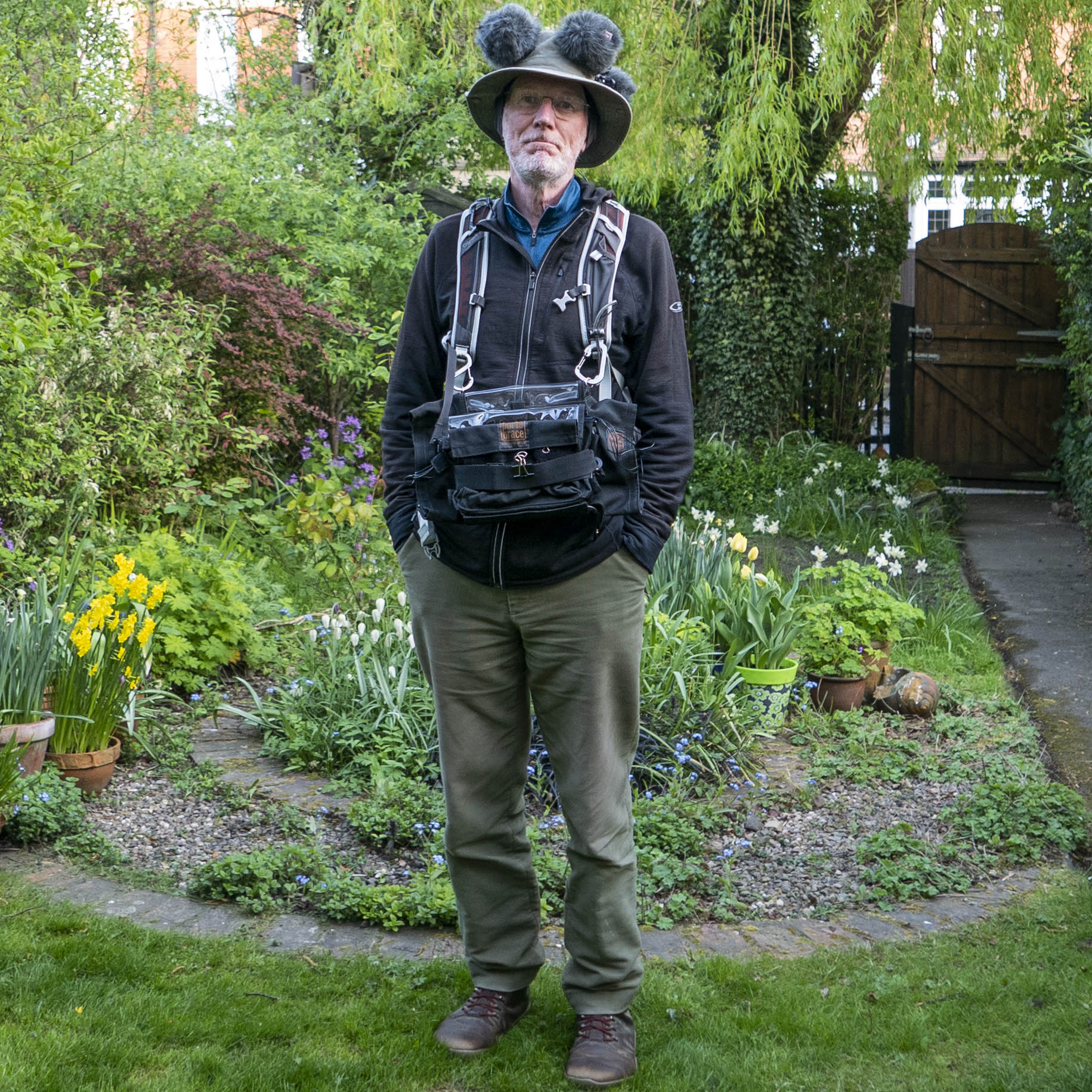Martin P Eccles is a sound artist and poet, who uses a range of methods to respond to time, distance and place in the landscape.
His work The 42 walks of Contención island, in which he went on 42 different walks from his house during the COVID quarantine in the UK, is shortlisted for the Sound Walk September 2020 Awards.
Below, Martin discusses the background to his work.
The approach of lockdown was heralded. The week before, in Galway, we had cut short our visit in advance of the uncertainties of Eire’s impending lockdown – our friend’s re-scheduled flight, our rebooked ferry and an ‘against the clock’ drive to Dublin all contributed to the uneasy inevitability. As it transpired the UK was just behind and once lockdown was arriving, I was faced with how to respond. I had already realised that walking, daily walking for exercise and well-being, was going to be important. The parameters for daily exercise were never formally stated but I decided that I would be walking away from our house for about 20 minutes and then returning, though as the walks evolved, they settled into a duration of around 60 minutes. I walked at different times of the day, spread from before dawn to dusk, and I recorded each walk in three ways – firstly in a sound recording; secondly as a trace on a map and thirdly in poetry.
Though I was recording the walks, in anticipation of subsequent presentation or installation, they were an artistic response of both exploration and listening. Exploration of places I had never been whilst living in the area for 40 years; exploration of ways of walking – avoiding other pedestrians, stepping off pavements, passing by on the other side of the street. The widely commented drop in traffic felt more visible than it was audible – the sounds of even a small amount of traffic created a background hum (or roar, depending on distance) – and this made urban listening a relatively familiar act. It was only on the early morning, dawn walks that mechanical noise was scarce, leaving birdsong uncontested.
The trace of the walks, incrementally marked on a map, drew out an island. Contención Island (contención is containment in Esperanto – an international name for an international virus) was an irregular shape – indented and fissured – progress on the ground was shaped by the places walked through – cul-de-sacs stopped routes joining, as did main road traffic or the local Metro rail lines while alleyways and cemeteries offered novel routes through. Thus, an island emerged, and the outline marked the shore of our lockdown world. Beyond was the uncharted. For the poetry, as I would be writing a poem a day, I used a form that could respond to the pace of the production of my walks. The mesostic (prominently championed by John Cage) offered a form that allowed me a rapid poetic response, a distillation of the walk (across the horizontal text) and a comment on the political context (down the ‘spine’ word(s)).

The walks had always been intended as a vehicle for a listener’s mental excursion, a mind-walk, for other walkers or for those who could not themselves get out, those shielding themselves or shielding others. I posted the recordings of each day’s walk on my website blog, Facebook and Soundcloud; once a week I emailed a group of friends and others who have previously expressed interest in my work. Over the 42-day period of the work there were 650 contacts; the daily, regular, repetitive blog posting generated a sense of liveness – a sense of an activity that was ongoing, being continued and developing on a daily basis. Whilst the format of a daily blog was helpful in generating a sense of ‘liveness’, it was necessary to present the work in a slightly different way to offer a view of the completed whole. Radio compositions offered another way of considering and offering the work, with an upcoming listening on Radiophrenia.
However, the idea of the island lives on – Contención Island, a fantastical island inside a city, a place of containment, a place of freedom to walk – and it is to Contención Island that I now return as we approach our second time of lockdown.
Martin’s background on his 42 walks is the fifth in a series of the artists shortlisted for the Sound Walk September 2020 Awards talking about their work.


